Effect of Social Isolation on Wellbeing not a Myth
We’ve all read about loneliness in senior-hood. I know I’ve “been there.” Most of us have. Some of us experience it all too often, to one degree or another. I recently heard a statistic from my (current) home state of Oregon that shocked me. The state has the highest rate of suicide in males over 85 years old.
We have a large population in rural settings. That frequently results in both economic hardships and social isolation. This is despite the stereotype of traditional civic groups and church activities that are thought to be more active and common in small towns and rural areas.
When holidays approach a sense of loneliness can intensify. It’s often not a welcomed time.
At Aging with Pizzazz, we have covered social connections many times – related to health and longevity. Everyone reading this has heard it from numerous news sources. The US Surgeon General proclaimed that there is an “epidemic of loneliness and isolation.” Providing a shocking detail, he explained that loneliness is equivalent to smoking 15 cigarettes a day to the determent of our health and mortality. Turns out this isn’t rhetoric; he wasn’t speaking hypothetically.
Health Wheel Findings
The surgeon general and other aging researchers break down the health wheel like this:
–5% = Genetics
20% = Lifestyle
20% = Medicine and health care
55% = Social determinants
The variations of those categories are immense, obviously. There are myriad self-help and lifestyle choices, just as there are medicines and health care treatments. Yet, the percentage divisions between the categories are a bit surprising. Right?
How We View Our Socialization
Strangely, loneliness is not always that easy to define. I’d be the first to say that I don’t feel as lonely as many folks, perhaps attributing to what seems like constant activities and connections. That doesn’t mean I have a lot of close friends, but the acquaintances and colleagues do provide human communication.
“Loneliness I think of as a great masquerader.
It can look like different things.
Some people, they become withdrawn.
Others become irritable and angry. …
I think the time you get concerned is when you start experiencing
a feeling of loneliness
for prolonged periods of time.
If you feel lonely, you pick up the phone and call a friend,
and then it goes away,
or you get in the car and go see a family member, that’s OK.
That’s loneliness acting like hunger or thirst,
a signal our body sends us when we need something for survival.
It’s when it persists that it becomes harmful.”~ US Surgeon General Dr. Vivek Murthy
The CDC notes an amazing list of health risks from disconnection. Two facts pole-vault jump out at me from among the others. Of those who lack sufficient social connections, there is a 50% increase in dementia. Considering the number of people in this group, I have no doubt that efforts at sociability could be a real cost-saver to our health care system and individual pocketbooks. The second amazing point is that social disconnection increases the premature death from ALL causes. Whoa. I had to read that a couple times.
Where do We Stand in the Stats?
In a large poll examining social connections, 46% of respondents said they always or sometimes feel lonely. 43% said that they don’t have meaningful relationships, or at least not enough of them. Still, I saw another stat that I felt more akin to. Of those polled, 47% often felt left out. Thinking about it, I wondered, what does that even mean. It’s just my interpretation. Still, I believe I have felt the same my entire life, so it certainly doesn’t help my health levels.
No doubt, it is not always easy to admit you feel lonely (or left out). It has the undernote of ‘we’re not lovable’ or ‘if we were better, more people would like us.’ Saying it out loud, you can hear it is probably not accurate, or at least an overstatement. Still, it can be a source of isolation pain.
Lots of people enjoy their alone time, like many of my closest friends. Does that guarantee their decline? Not exactly. Those protecting their solitude are pleased with that ‘me-time.’ That’s good. Yet, they still need connections. I like being alone, but not as often as my husband. Your personality plays a part in enjoyment of time alone. However, you can’t assume that just because you tend to be a “loner” means you are happy and healthy with no need for social contact.
How to Approach Improvement
The government’s Dept of Health and Human Services (HSS) has a free (82 page) pamphlet entitled “Epidemic of Loneliness and Isolation, the Surgeon General’s Advisory on the Healing Effects of Social Connection and Community.” It’s worth a scroll through for helpful generalities (although it has a great wealth of details and resources).
One of the most striking things from the report (one I hope to remember) is that our social connection is as vital to us as is food, water or shelter. Modern people remain wired to those needs. In early days of man/woman, we needed each other for survival – food, protection from other tribes, scaring off lions, hyenas or wolves. Nowadays the needs are less obvious, and the lack of connections can be hidden inside us as stress, thus producing a type of silent suffering.
The report lays out a 6-pillar framework to confront loneliness and “mend the social fabric of our nation.” For those with an interest in politics and polarization, think of it this way – each individual connection with someone “on the other side” may help us all. Picture the more we can reach out and communicate, the better we might (MIGHT) get along.
While the report offers advice aimed at health organizations, workplaces, parents, schools, local governments and communities, it’s for individuals too. Figuring out how to tackle the social connection (not forgetting friends and family) is imperative.
What NOT to Do
I am embedding a video below that makes sure we know not to take up smoking just because it’s no worse than social disconnection. Okay, couldn’t resist that. I watched this video with a guy named Wes who said, as a teen he started smoking because he could hang out with the cool kids – a real social event. Luckily that’s not a draw for older folks any longer. Hopefully not for teens either.
—
You might want to take 12 minutes to view the below Ted Talk video by Julianne Holt-Lunstad. She’s one of the researchers who provided data for the surgeon general’s claim about lack of social connection being equally as bad as smoking. She doesn’t stop there.
Unsurprising, there are a few other behaviors for us to avoid.
Cut the screen time.
This is especially important for younger (gen Z) generation, although not restricted to that group. The CDC found that the people who used social media most often were the loneliest. Even seniors who are on Facebook all day long (and I know some) can find it harmful, often generating feelings of envy and inadequacy. It can also simply take time away from direct person-to-person relationships. I know there is controversy here; see Opportunity in Times of Isolation.
Cut time with energy-suckers.
Shun energy-suckers? In other words, avoid time spent in unhealthy relationships or with people who make you feel bad or like you just wasted good time. (I know them too.) I remember a book from the early 90s, The Celestine Prophecy in which author James Redfield, describes in very visual terms the kind of people who open their mouths and just about suck the energy-stream out of you and into themselves. Weird is that these people may not affect everyone the same. My best friend could be an energy-sucker for you.
Strategies for Making Connections
Fortunately, positive approaches are ample.
We’ve probably read numerous strategies before to strengthen these connections, although the reminders are good to reconsider. Especially so for people who remain busy or choose solitary activities so commonly that the social connections suffer.
- Strengthen the existing relationships that you have. These may be people you aren’t estranged from but may have lost contact with on a regular basis.
- Volunteer. That can give you purpose and socialization. You may ask yourself: Do we still ‘Make a Difference’ after a certain age? The answer is yes. Every civic club I know would be glad to have you. I volunteer with the League of Women Voters and they prize anyone for what they may offer.
- Visit the local Senior Center. Even if you fear it might be a bunch of old people (hmmmm), you may be surprised at the vitality there.
- Check out the offerings from your local parks and recreation departments. Socialization AND fun physical activity together, what could be better? Maybe they have a senior sport you used to play. Have you heard about Walking Soccer, out of UK? It’s safe and fun and makings its debut in many US communities.
- Join a club or class. Every area, no matter how rural or economically stricken has a book club. You might join through your library (or online, if no other option). If you are lucky enough to be in a university area with an OLLI (Osher Lifelong Learning Institute), browse through their catalogue for classes. If the fee is too steep, research if they have senior ‘scholarships.’
- Reach out to family members who may currently be on your yearly newsletter list and little else. You have a history there. You will quickly discern for yourself if that history is good, bad or indifferent after all these years. Then decide if it will make you feel more connected – or not.
The promise held in store from such strategies is not the same for each of us. Make a mental note (NOW) to pick what you might commit to soon.
Options Abound
The difficult part of this is that friends don’t simply fall in our lap (literally or figuratively). We have to work at it a bit. ‘Be a friend to have a friend’ as they say.
Sometimes it is better to reach out to those who were in your life previously, or in a smaller extent than you would now like. For lapsed relationships, sometimes an apology is needed; it may be the ticket to open the door.
There are many ways to make social connections, some enumerated above. I tend to believe that the best way is to work on a project together somehow, which usually means volunteering somewhere. It might be a civic club, a church group, a working /activity class, music/dance/acting ensembles, a senior sport class (like the pickleball class I just completed) or any other number of possibilities.
However, there are professional resources out there as well. Check the free (82 page) pamphlet mentioned above or the video below for starters. Or you might consider an organization laser-focused on this issue. There may be various names from location to location. In my state, there are two such resources of note.
- OPAL (Options for People to Address Loneliness), which you can often find through your local Area Agency on Aging. (The latter in all US states.)
- Circle of Friends – a program developed by practitioners at the Helsinki University (Central Union for the Welfare of the Aged) in the early 2000s. It’s a short-term local program designed for groups of 8 older people (give or take) who experience loneliness. The 3-month program model aims to alleviate the isolation and provide networks (perhaps with an eye to keep those connections on-going).
Final Thought
Social disconnection is not simply a problem for phycological health but, as shown above, it’s a risk to our actual physical health – a portion larger than we probably imagined. At least a larger portion than I imagined.
We have the resources. We know the facts. We know whether we’re susceptible at a small or larger degree to loneliness or social isolation. We’ve already mentally selected an action approach above (remember?). Now I guess we simply need to make it a personal priority. It isn’t just about getting older. It’s about enjoying that time, and, of course, Aging with Pizzazz.
Julianne Holt-Lunstad: Is Social Disconnection Comparable to Smoking? | TED Talk
Resources:
If you or a loved one are struggling with a mental health condition, contact the Substance Abuse and Mental Health Services Administration (SAMHSA) National Helpline at 1-800-662-4357 for information on support and treatment facilities in your area.
National Association of Area Agencies on Aging | HealthInAging.org
For First People (Native Americans) – USAging
Epidemic of Loneliness and Isolation, the Surgeon General’s Advisory on the Healing Effects of Social Connection and Community. Dept of Health and Human services free (82 page) pamphlet
—
Picture Credit: Photo of interlocking hands is by Unknown Author is licensed under CC BY
The post Effect of Social Isolation on Wellbeing not a Myth appeared first on Aging with Pizzazz.









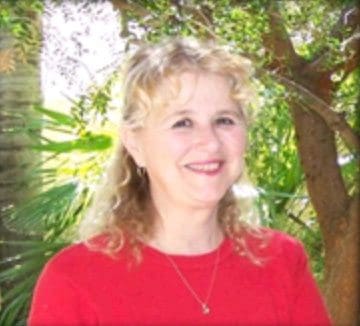







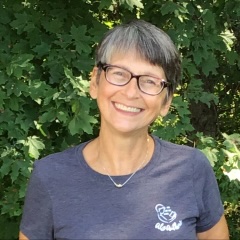
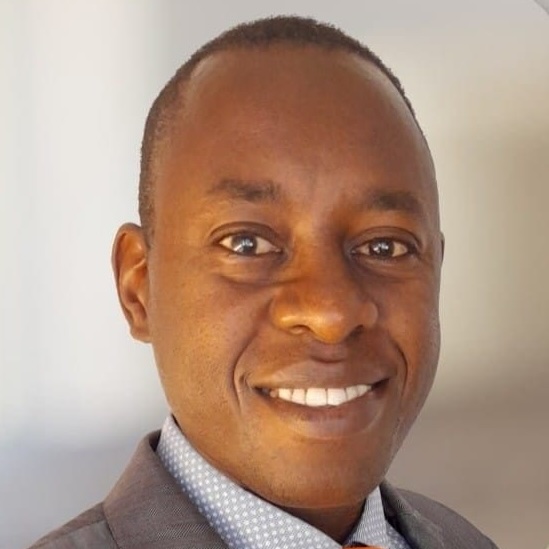
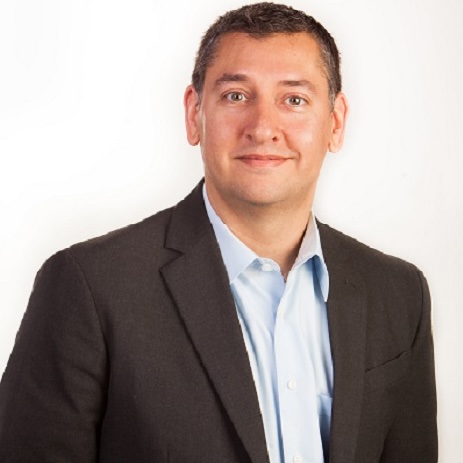








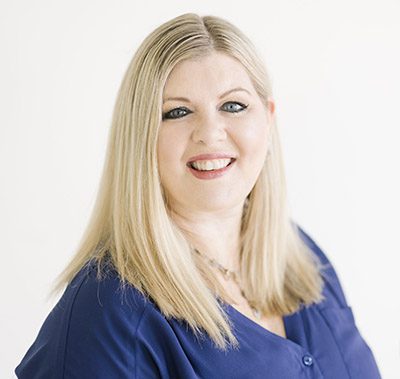


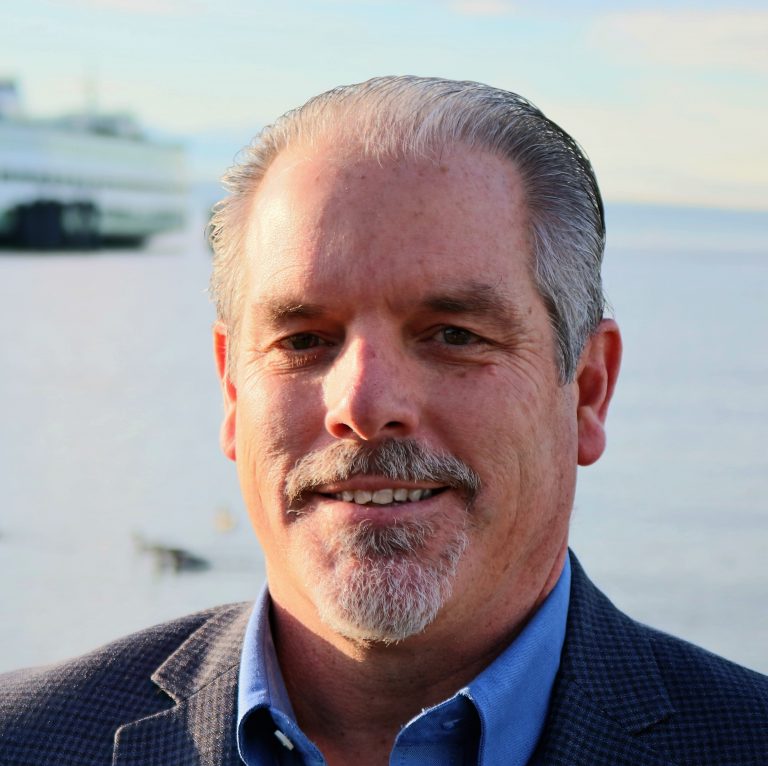




Already a Member? Login Here.
Not Yet a Member? Join the Conversation Today!